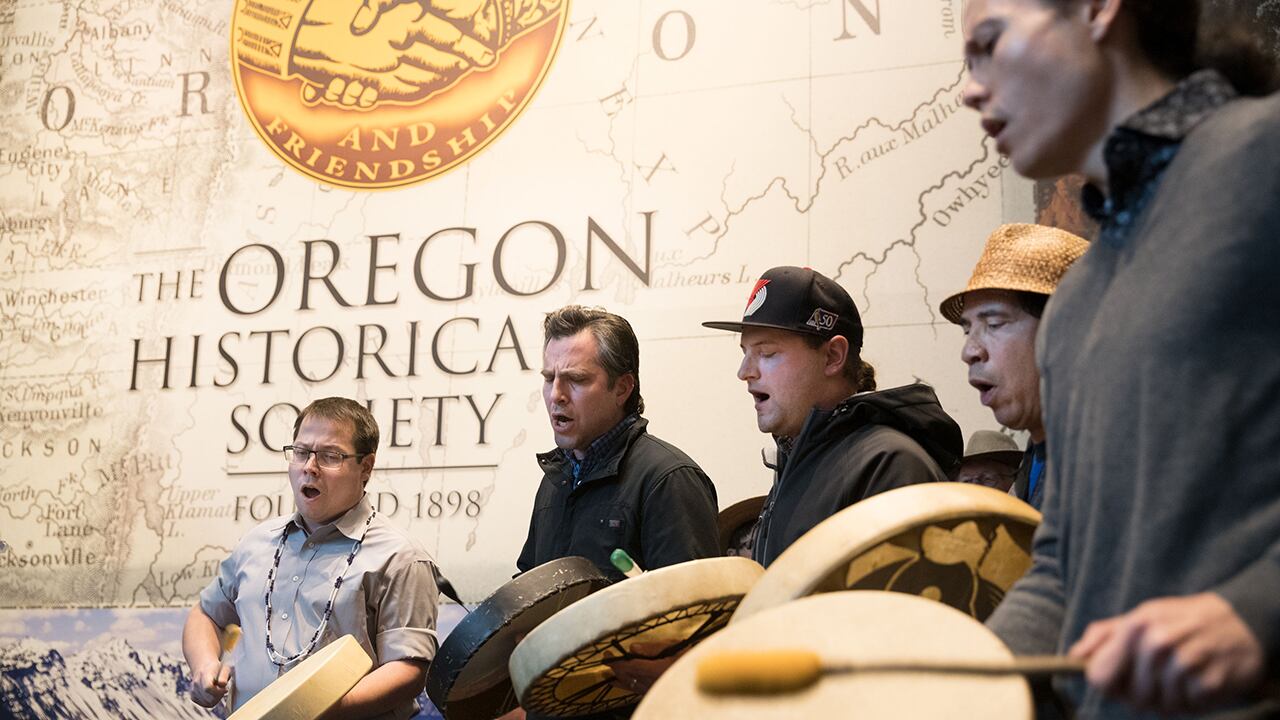When a group of rioters shattered the front windows of the Oregon Historical Society on Oct. 14, as part of an "Indigenous Peoples Day of Rage," among the loudest voices expressing "revulsion" at the vandalism was the Confederated Tribes of the Grand Ronde.
To understand why the tribe felt protective of the museum, it helps to know a little history.
In 2019, the historical society debuted an ambitious, immersive exhibit called Experience Oregon. That journey through state history was developed in collaboration with nine tribes that call Oregon home.
"They all had the same request," recalls Kerry Tymchuk, executive director of OHS. "'We know we're at the beginning of the exhibit, because we were here first. But we're still here.' We made the pledge, and we upheld it, that we would return again and again to the story of the Native Americans."
In a moment when Americans are warring over whose names and visages are honored, Tymchuk and OHS are keenly aware that presenting history is a political act. Their solution isn't erasure but exposure.
A visitor to Experience Oregon would notice that tribes are as present at the exhibit's end as its beginning. That visitor would also notice a white hood behind glass—an artifact of Oregon's longtime status as a haven for the Ku Klux Klan.
It's striking, the degree to which OHS is emphasizing the ugliest parts of Oregon's heritage and presenting them as repulsive. The winter 2019 issue of its quarterly magazine was a study of white supremacy and violence across the state. It's the single most popular issue the society has produced—OHS just ordered another 500 copies and is making all the articles free online.
Not everyone is comfortable with this approach. Some complained. A handful of people ended their memberships.
"There were people who came through [Experience Oregon] and said, 'This made me feel guilty for being a white man,'" Tymchuk recalls. His reply? "It's everyone's duty to understand history. Our job is to tell the truth. We're not the tourism bureau."
The museum's response to broken windows reflected that attitude. Once the plywood was installed, OHS commissioned artist Tristan Irving to paint images of noteworthy Oregonians of color. Those portraits will become part of the museum's permanent exhibition—making the vandalism of 2020 another piece of history that OHS documents.
See all 24 Reasons to Still Love Portland here!
